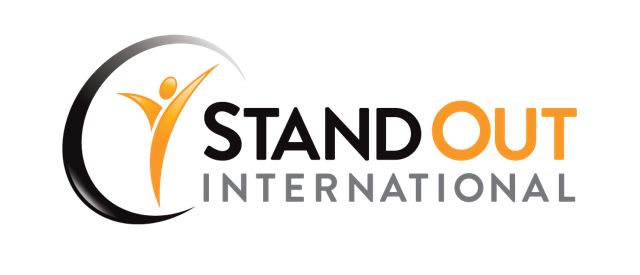Being energetic, productive and working smart in the midst of turbulent times and business pressure is a challenge. We consistently deal with interruptions, distractions, competing priorities, ambitious targets, and unforeseen crises no matter where we are. However, there is a way to manage our time well and wisely in order to:
1. Manage our stress level in a positive way
2. Get more done every day
3. Stay energetic and productive in the long run
The following five insights are based on the best-selling book The Power of Full Engagement by Jim Loehr and Tony Schwartz. I met Jim and Tony personally, attended their presentations and workshops, read their book and applied their ideas to my life over the last few years. It has paid dividends.
#1: Learn to Better Manage Your Energy
Many productivity thinkers over the years have focused on the idea of time: there are a limited number of hours in a day. Time, however, goes by, second by second, minute by minute, hour by hour – we can’t really manage it.
What we can manage is the energy we bring to those hours. To be an effective and productive person, it’s important to spend those hours wisely according to our energy level.
If we’re low on energy, it doesn’t matter how much time we have available to accomplish a task – we’ll be so exhausted that we’ll not get the expected performance outcome. On the other hand, when we have a ton of energy, we can get many things done in very little time.
The key to effective time management is effective energy management; establish ways to feel energetic – and highly energized – each day.
#2: Use Available Energy Effectively
Energy is expandable; time is not. We only have so much energy to use each day. However, we can expand our capacity for productive effort. As long as we take care of ourselves and pay attention to how much energy we have, we can accomplish surprising amounts of work.
On a calendar, there’s no visible difference between 8 – 9am and 1-2pm.
Physically and energetically, there’s a huge difference. Our body operates in energy cycles in which our energy fluctuates up and down. Like the circadian cycle, which is responsible for our waking/sleeping pattern, there are other cycles as well, which naturally oscillates every 90 minutes between high and low energy. Those cycles are normal, so it is useful to pay attention to them. Every hour and a half or so, your body needs a bit of relaxation and rest. Powering through the dip in energy is actually counterproductive – we are not giving our body the rest it needs to operate at peak performance.
#3: Think Like an Athlete!

When working, think like a sprinter – we can cover a lot of ground in a quick burst, but we can’t keep up that pace all day. With a little rest between bursts, however, we can sprint over and over again.
When we sprint or run fast for hours, we’ll wear ourselves out, and we’ll need a longer period of recovery before we’ll be ready to go again. At the extreme, some people work themselves to the point of exhaustion, at which point their body forces them to recover via injury or illness. We can only push ourselves so much. There are physical limits. Recovery is mandatory, not optional.
Top athletes plan cycles of high performance (training, competition) and relaxation (rest, recover). When an athlete over trains, he runs the risk of reaching a break point, or injury and his performance diminishes.
As “corporate” athletes, we have to think in cycles, too.
#4: Learn Strategic Disengagement
Some people seem to look at human beings like a robot: no breaks during work hours, no lunchtime, no recovery all day every day. That’s a recipe for disaster.
Humans are “energy” beings, and we have physical needs. It’s useful to think of your body as one integrated energetic system, which we use to get things done. If that system breaks or wears down, we won’t accomplish anything.
Just as we regularly fill the gas tank of our vehicle, we have to refill our “energy” tank. We need relaxation, rest, recovery, and rejuvenation. One of the best ways to maintain high level of performance over the year is taking breaks; a concept called strategic disengagement. Based on our individual energy cycles of high performance and relaxation, it is critical to plan and take phases of strategic disengagement to refill the gas tank – before we run out of gas.
#5: Stress Is a Good Thing – If Used Consciously
From a physical and energy standpoint, it is as important to take strategic breaks, as it is critical to exert stress. There is positive stress (eustress) and negative stress (distress) – usually people refer to stress as “distress”. Positive stress is good. If I want to build stronger muscles, putting stress and tension on the muscle will help it grow. Therefore, it is good to plan “stressful” time periods, where we are challenged and forced to push to our capacity. Too often, we do that, but unconsciously until we break down. The critical element is to do it intentionally.
Conscious (positive) stress management is like a form of energy resistance training. Stress becomes a signal our bodies use to generate more energy to meet the demand. As long as we’re getting enough rest and recovery, it pays to exert – even exhaust – ourselves. We get stronger, build resilience and expand capacity for energy.


